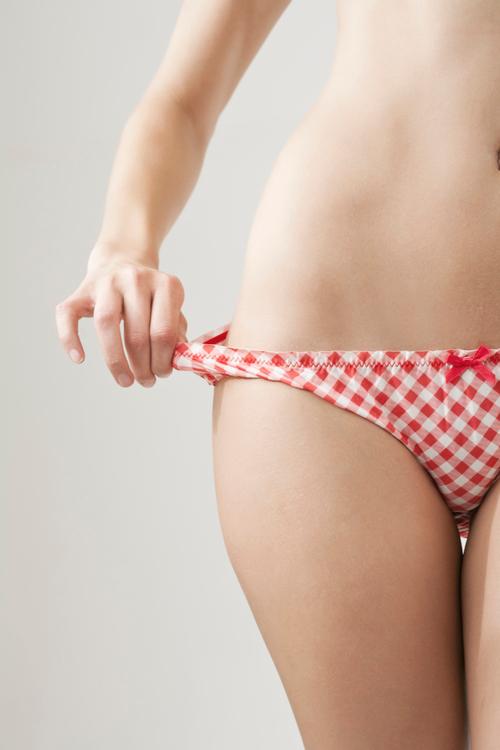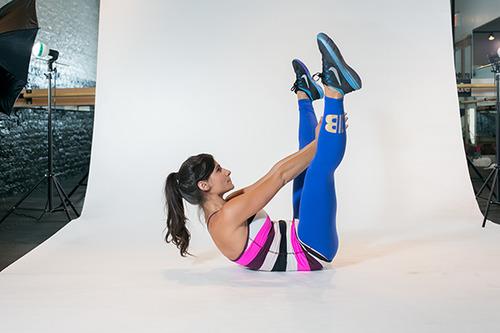
The holidays are a great time of year, stuffed full of
fun, family, friends, and food, and—if you are anything like me—washed
down with an abundance of beer, wine, and the occasional cocktail.
When
the season is done, I often feel bloated and like I need to do
something. I’ve thought about taking January off from drinking and
never done it. I have my reasons/excuses (No beer when I’m cooped up inside? During the NFL playoffs?).
So
I did a test run this fall. I took a month’s break from drinking (for
the most part, qualifier to come). It wasn’t that difficult, and I
wanted to share my experience and what I learned with you as an
encouragement if you had similar thoughts and resistances. Consider this
pre-gaming on abstinence.
Off and Running
I did it after Labor Day. The first couple nights were weird, but I soon settled into a routine, substituting green tea or sparkling lemon water for the beer and occasional wine while watching TV, talking with my family or a friend, or tapping away at a keyboard. I thought weekends would be difficult, but they weren’t really, though I did break with my intentions twice—both times for wine tastings at previously-scheduled social events. Each time I drank about one full glass of wine.
I did it after Labor Day. The first couple nights were weird, but I soon settled into a routine, substituting green tea or sparkling lemon water for the beer and occasional wine while watching TV, talking with my family or a friend, or tapping away at a keyboard. I thought weekends would be difficult, but they weren’t really, though I did break with my intentions twice—both times for wine tastings at previously-scheduled social events. Each time I drank about one full glass of wine.
So here were my takeaways from this 30-day experiment:
1. I slept better. I knew this from a slew of studies, and from my own experiences when reviewing an activity tracker
from Jawbone, but the month proved it again: alcohol, even a
comparatively small amount, messes with my sleep. It tends to wake me in
the early morning (between 2 and 4 a.m.) and I don't sleep deeply again
till just before dawn. It doesn’t seem like much of a disruption, but
once I was aware of it, I could feel it in the morning and see it in my
tracker’s overnight report.
2. I didn’t feel that much better.
Maybe my expectations were too high. I thought that I'd feel a big
increase in energy and function substantially better. That didn’t
happen, which was disappointing. On the other hand, it confirmed that my
drinking wasn’t a real impediment to my health. And it did make me
sharper at both ends of the day: I woke up feeling ready to go (credit
#1 above), and it kept me sharper later at night, so I was more engaged
socially and able to get more reading, writing, and thinking done in the
hour-plus before bedtime. Bonus!
3. I gained weight (at first).
This shocked me. I expected that jettisoning 6,000 calories over the
course of a month would have me swimming in my pants. No such luck. In
fact, after two weeks, I had GAINED 3 pounds! The good thing is once I
noticed it, I was able to adjust and ended the month back at 186 pounds.
I spoke to Mike Roussell, a Men’s Health
nutrition advisor, and he told me that I might have been making more of
the weight gain than I needed to. He pointed out that a normal person’s
weight can fluctuate as much as 4 pounds in the course of a day,
depending on how one’s kidneys regulate body fluid balance.
And
some of it could have more to do with my noble intentions than my
stomach. It has to do with what Rousell calls The Good Samaritan Effect.
“When people think about doing good things, they reward themselves,” Roussell said, "even before they do something."
So
I might have been sneaking a few extra calories here and there,
basically spending my caloric savings as quickly as I collected them.
And the fact I couldn’t remember doing this? No surprise, he said.
"We’re terrible as humans at remembering all the caloric high-5s we give ourselves,” Roussell said.
"If
you look at research for rewarding effort vs. outcome, it’s better to
reward effort. Encourage the behavior rather than the outcome. It
matters what you’re rewarding yourself for: If you didn’t have a drink,
don’t reward yourself calorically."
4. I thought about drinking pretty much every day.
It wasn’t an overbearing compulsion or an urge, but it was a consistent
daily feature, a tug on my consciousness, and it made me think about
the nature of habit. In their book, Scarcity: Why Having Too Little Means So Much,
authors Sendhil Mullainathan and Eldar Shafir talk about “tunneling,”
which they write is what the mind does when confronted with scarcity.
An
example: As World War II ended, the U.S. Army sent psychologists into
German POW camps where Americans had been held. The U.S. soldiers had
basically been starved toward the end of the war when there wasn’t
enough food for German soldiers and their captives. The psychologists
were shocked by the level to which food dominated the American POWs’
thoughts and even their behavior. They could do very little except think
about food, and it affected their ability to think about anything else.
They were also willing to do almost anything to get food.
This
isn’t a new idea. Many people are captives to their own reactions to
scarcity. Tunneling and cravings are powerful roadblocks for people in
all sorts of paths to recovery.
And a 2012 study showed that some
people's brains are more likely to respond to alcohol with feelings of
pleasure and reward. That can lead them to chase the sensation more
frequently than those who don't have that disposition. It's not hard to
see how this would make moderating drinking difficult for people wired
this way.
For me, the thoughts were most prevalent on weekends, in
the late morning and early afternoon, when I had a little free time and
tasks that didn’t require a lot of concentration. I thought about what
kind of beer I’d like, or I would swallow and be reminded of the
feelings of a beer in the back of my throat, of a bottle in my hand.
What’s weird is that I didn’t have these thoughts at night, only in the
day, and I never came close to acting upon them except for the
already-mentioned wine tastings.
That said, I was surprised by the
persistence of these cravings; I thought they’d subside by the end of
the second week or so., but that wasn’t true.
The other surprising
thought, though, was an equally stubborn one that settled in during the
third week—that I should continue this for another month. Alas, I broke
my beer fast on Day 1 of the new month.
5. I have never been so hydrated.
Between tea, water, fizzy water, coffee, and soda (my true guilty
pleasure, and part of the weight issue, I’m sure), I drank way more
fluids than I did previously. I spent roughly one-third of the month,
zipper down, dick in hand, peeing into one basin or another, including
one overnight trip to the bathroom each night on average. That might
have some effect on my weight as I often felt like a large, slightly
distended, pink balloon. (Looking to hydrate? Consider these 10 alternatives to water.)
6. It brought me closer to my wife.
I didn’t ask her to join me in this little experiment, but she did, on
weeknights. I know some people who have done similar experiments say one
of the negatives was the loss of “happy hour” time to survey the day or
the week. We didn’t experience that; talking over tea worked just fine.
And not being quite as dulled at bedtime had other benefits.
So,
all in all, it was a positive. After I finished, I committed to
maintaining the weeknight ban and holding myself to two beers on (most)
weekend nights. I get a passing-though-not-perfect grade on that.
Mostly,
I am pleased that a habit that I felt was developing a life of its own
felt firmly back in check. I know it can be controlled.
And you
can do it. Maybe it’s not a full month off. Roussell says that one of
the first things he recommends to people who want to lose weight is to
curtail their drinking. "I’ll try to get clients down to 4 drinks a
week,” he says. “14 to 4 makes a big difference calorically."
A couple other helpful tips:
- Stay active.
- Don’t skip social functions to avoid alcohol. That kind of isolation isn’t going to help.
- Reward behaviors, not outcomes.
- Believe you can do it. “There’s a great quote,” Roussell told me. “People are reluctant to make a change unless they think it’s possible."
It’s possible, and the benefits that come from developing this mental discipline are at least as powerful as those that come from avoiding a couple hundred calories at night. You can do it. Imagine the sense of accomplishment you’ll feel. What a great way to start a new year.
And now, back to the Santa Swap.
Original Post Found Here:








